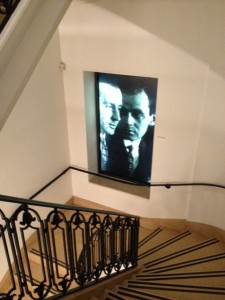Schiele vs. Schiele – Neue Galerie, New York and Courtauld, London
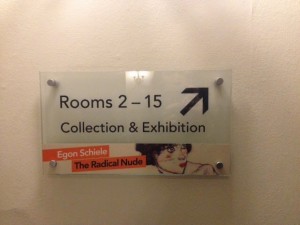
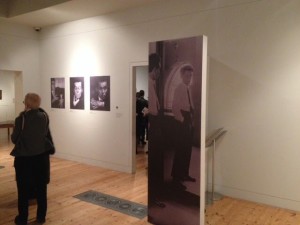
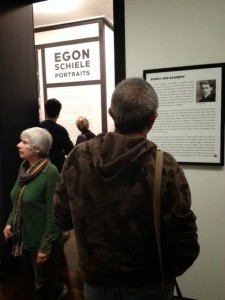
Despite the different focuses of the two exhibitions, the selection of works has more overlap than one may suspect at first glance. The Neue Galerie’s exhibition has a number of nudes, and among the works at the Courtauld can be distinguished portraits of Schiele’s wife, lover, sister, and of himself. The two exhibitions do have slightly different motivations, however. The Neue Galerie’s show assumes an audience familiar with at least the major works, and aims to rehabilitate the popular view of the artist from one of angst-ridden tortured soul to a fuller understanding of his modernism and empathy for his subjects, based on the substantial scholarship of curator Alessandra Comini. This aim is definitely achieved, in a carefully curated exhibition which places Schiele’s skill and versatility at the forefront. Although the erotic nudes are less strictly portraits than the other works on display, their subjects more often anonymous either in terms of the title or in the works themselves, they come together with the other works on display to show the vision of an artist blessed or cursed to see the reality of life, of beauty, and of the human condition, whether in a portrait of a society lady in fashionable garb, or in a pregnant woman laid out on a doctor’s table.
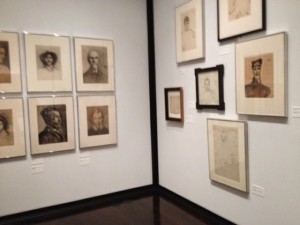
The Courtauld’s show is ostensibly the first major museum show of his work in the UK (although I have seen mention of one at the RA and another at a private gallery many years ago), and so is more of an introduction than a rehabilitation as with its New York counterpart. With 38 works on display, it is of a size to allow viewers to contemplate each and every work, and to build an appreciation for Schiele’s talent in line and form. The exhibition gains momentum from the artist’s student years to his ‘breakout’ year of 1910, in which his unique style came to the fore, and ending with his increasingly confident mature work (if mature work there can be for an artist who died at 28). I found the 1910 work ‘Mother and Child (Woman with Homonculus)’ to be particularly arresting: a young woman, turning back towards the viewer in a slightly coquettish way, is grasped by a distorted figure of a child. For me, with its combination of unusual pose, highlighted imperfections and hints of existential anguish, it sums up the themes of Schiele’s work as a whole for, despite these qualities, the image of the woman and child is still both beautiful and powerful. Critics in the UK seem to have been more troubled by the nudes of young girls than were their US counterparts, but this is perhaps not surprising given the contemporary concern with sexual grooming.
